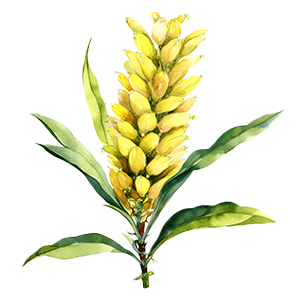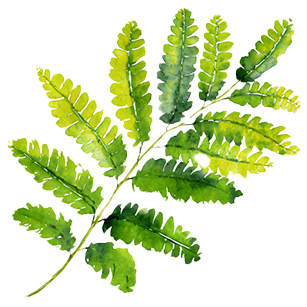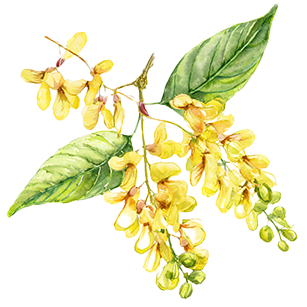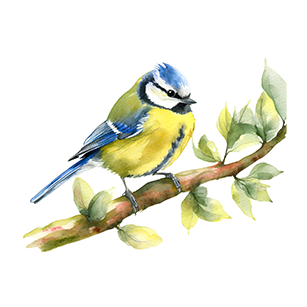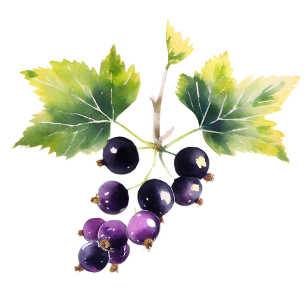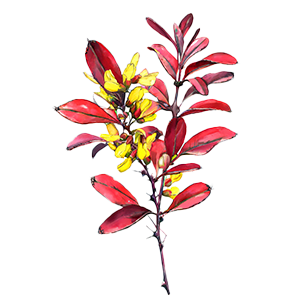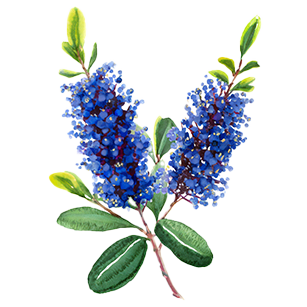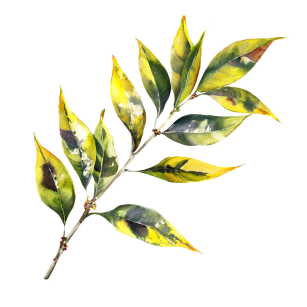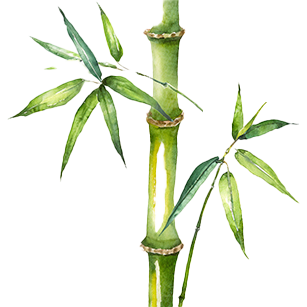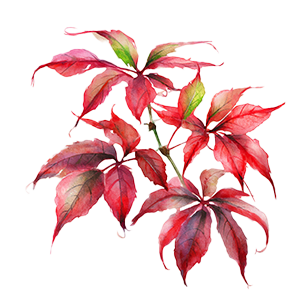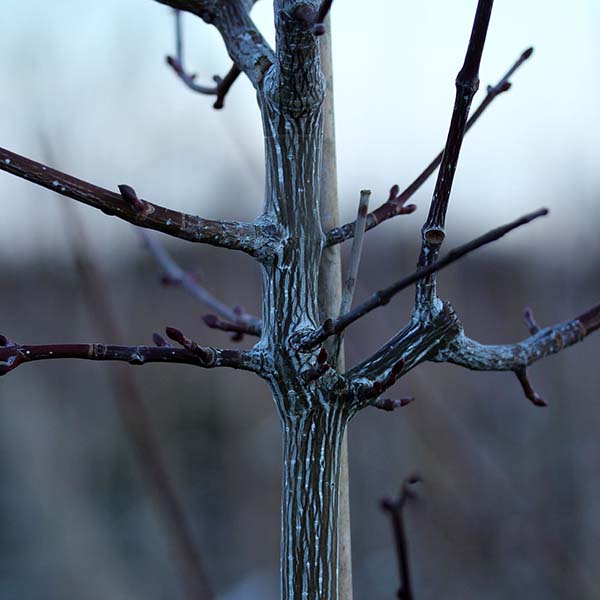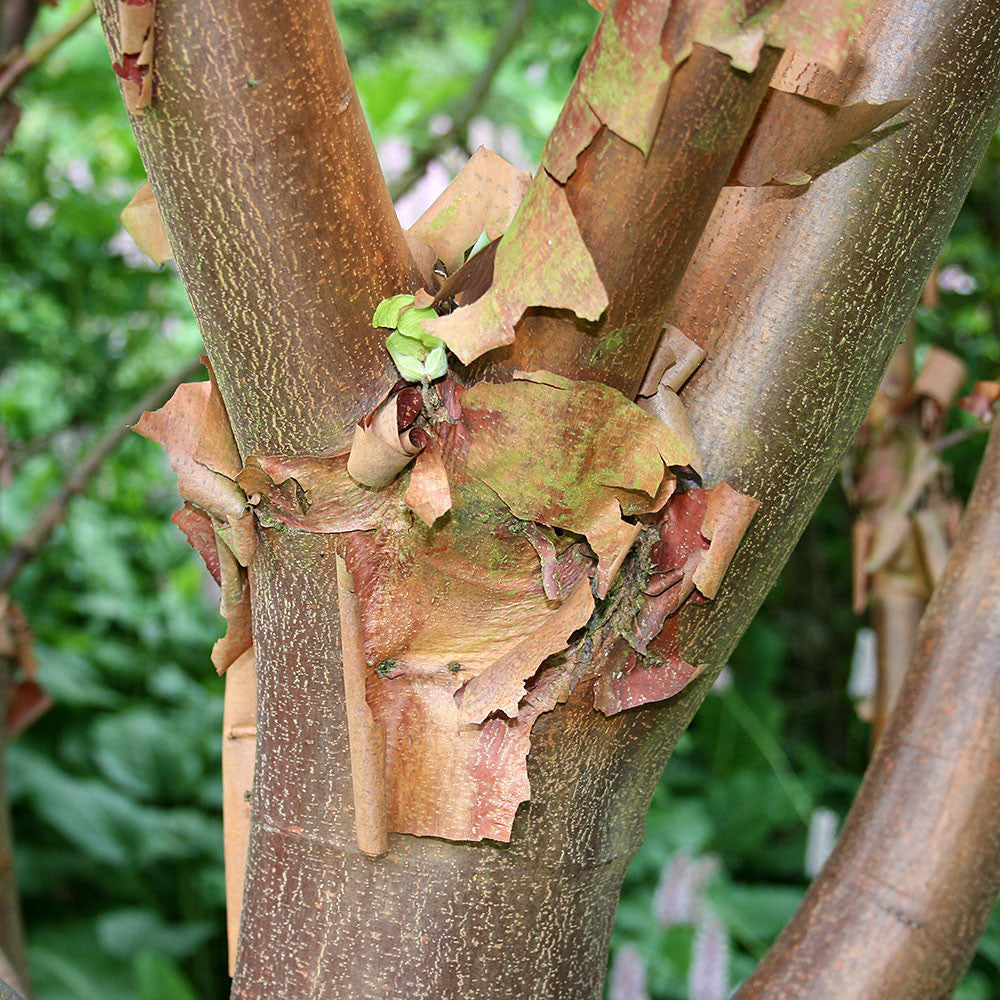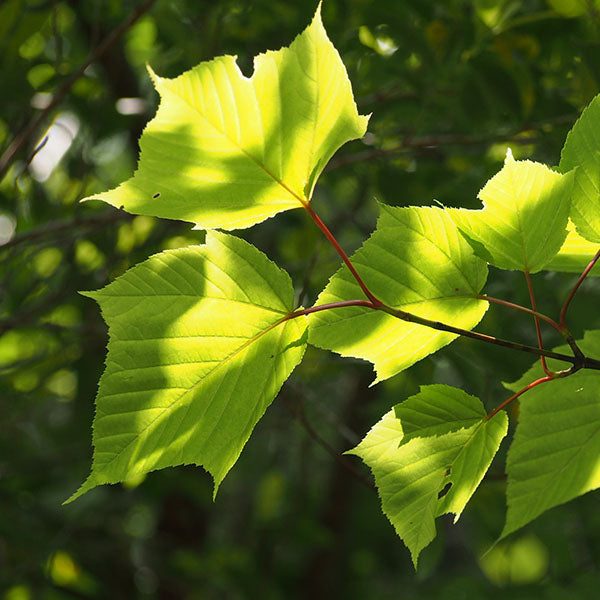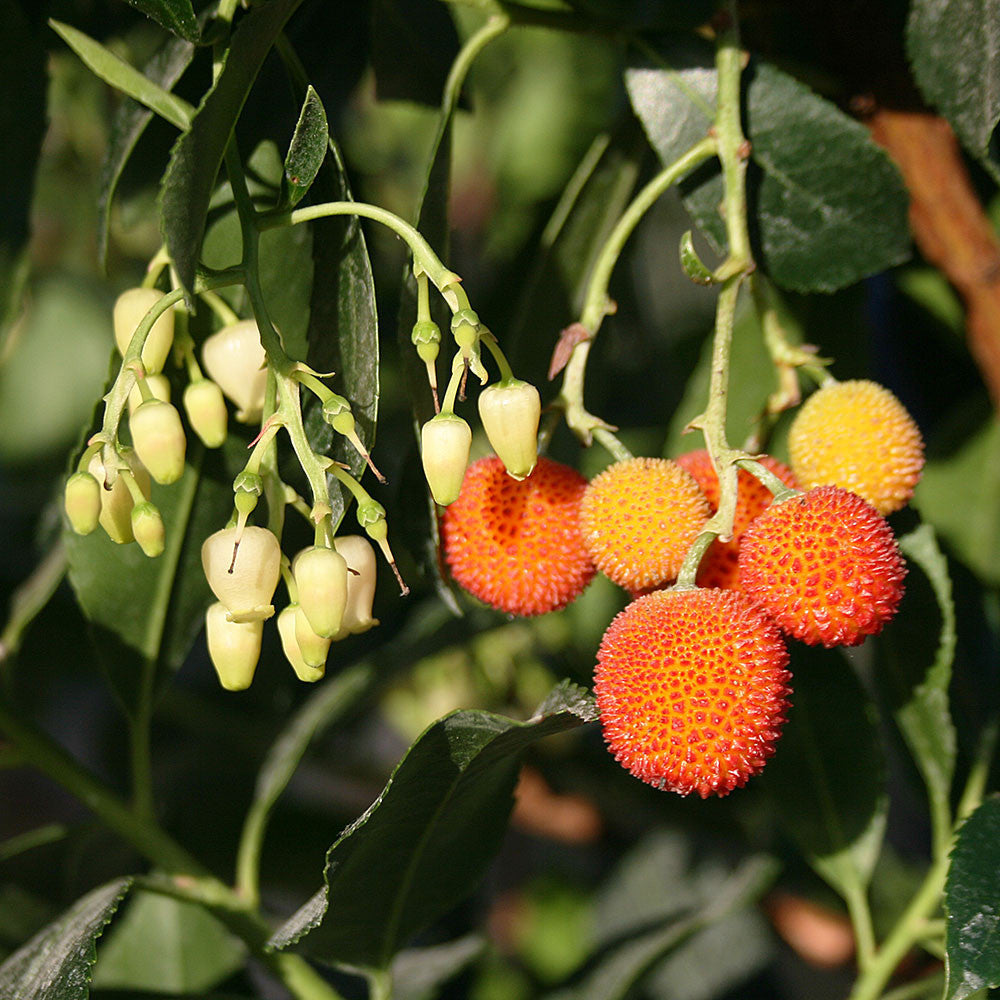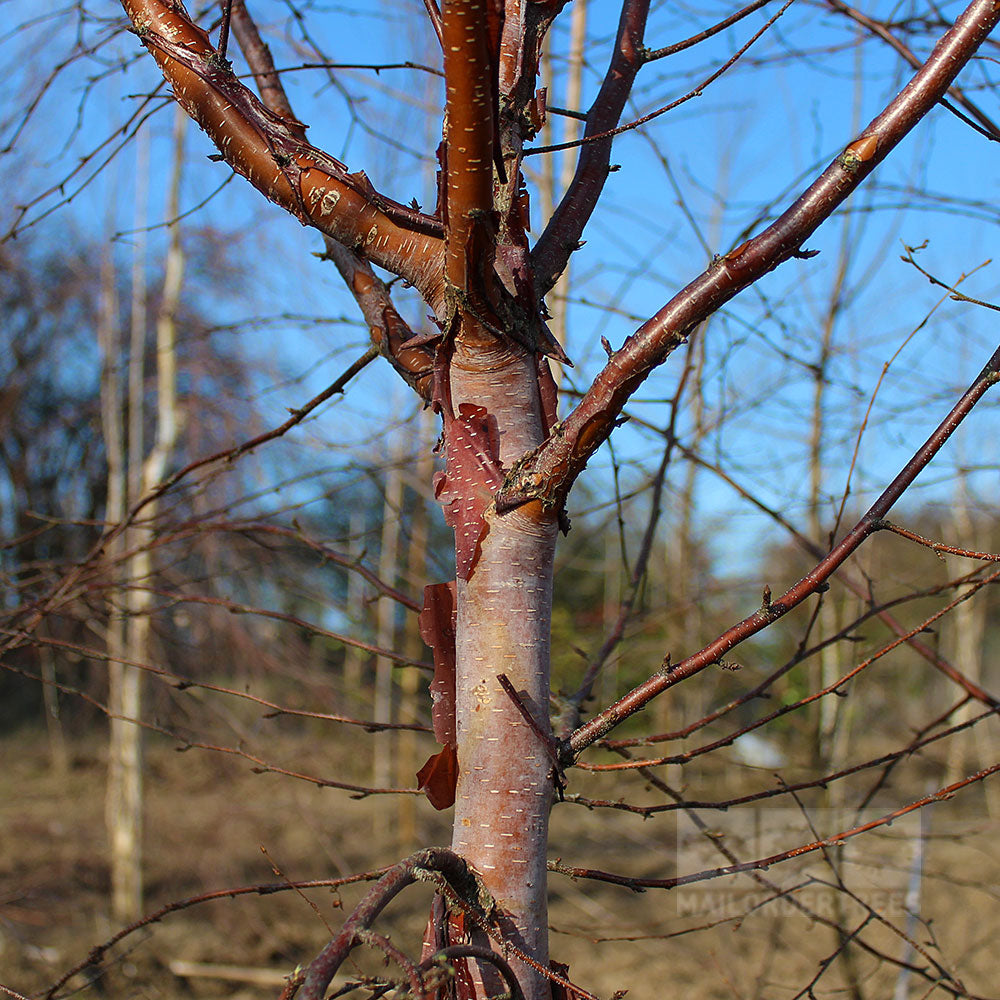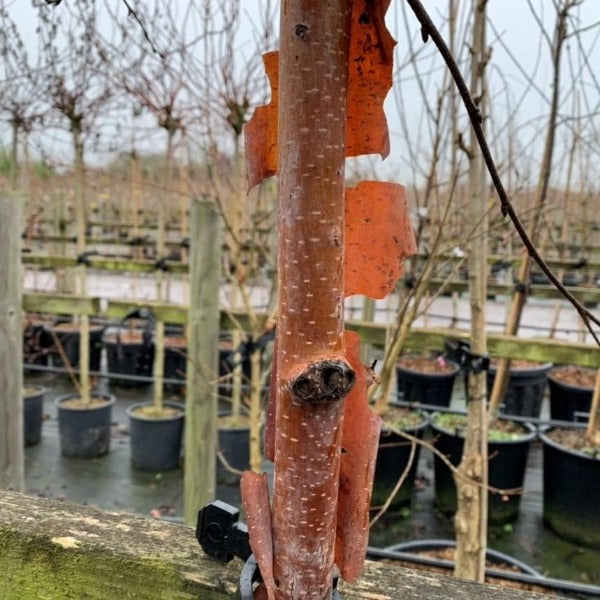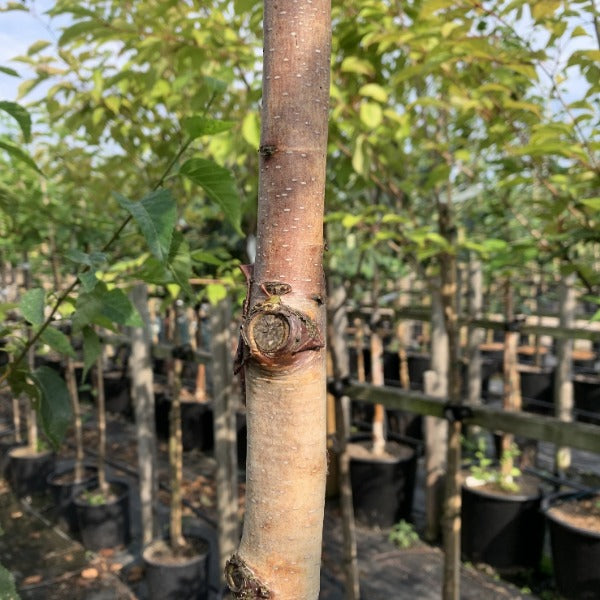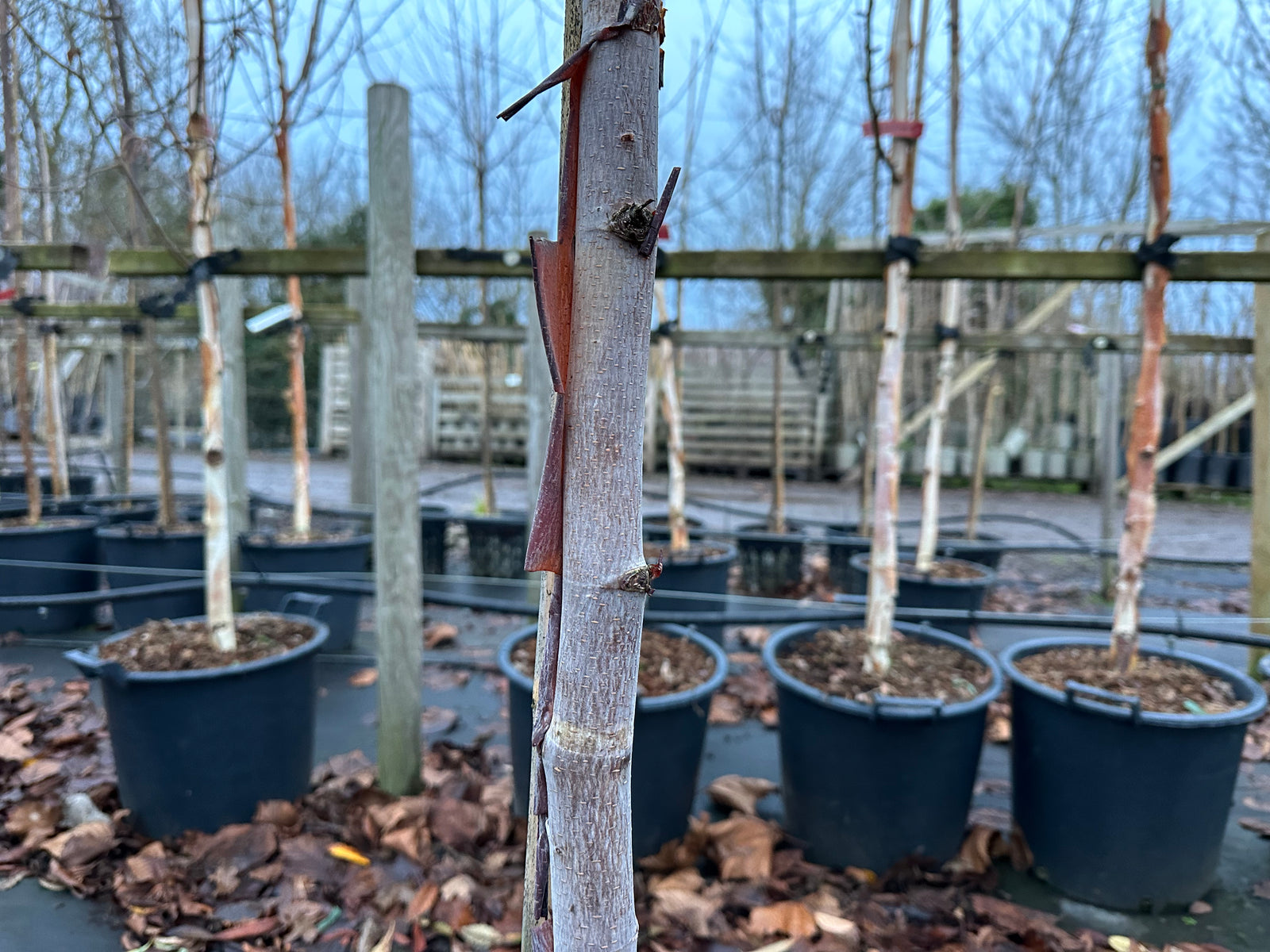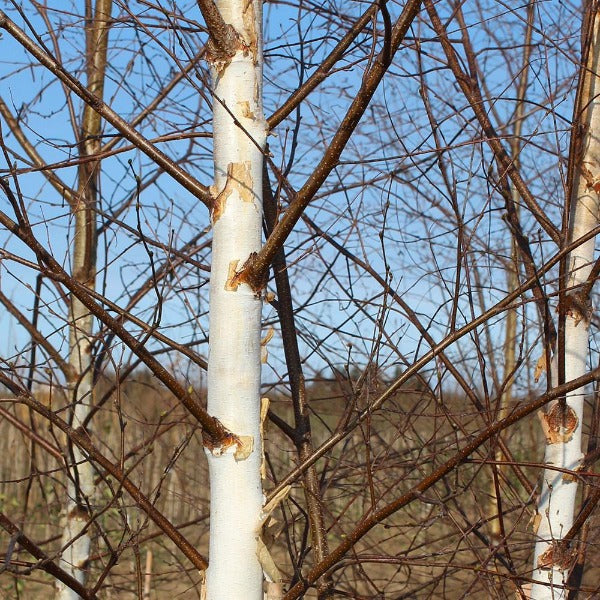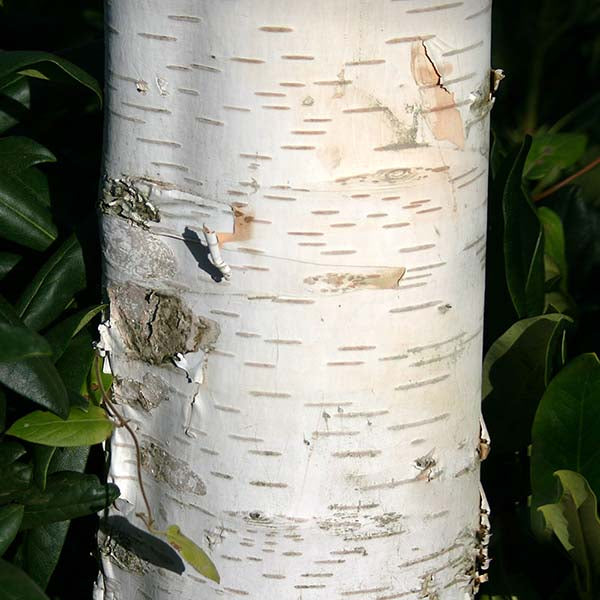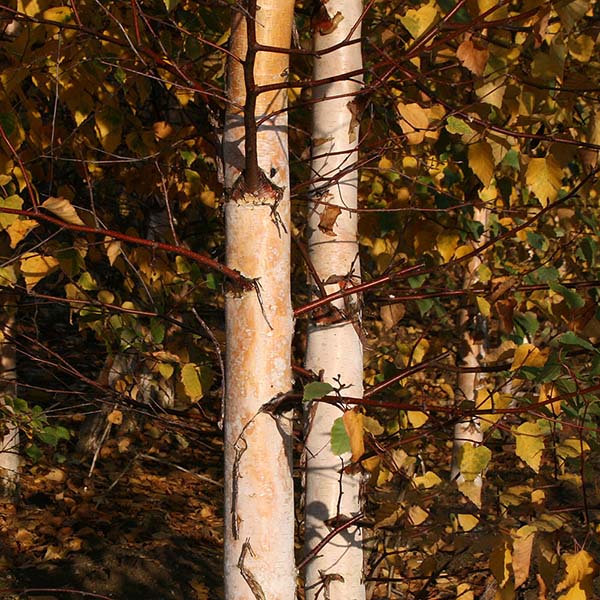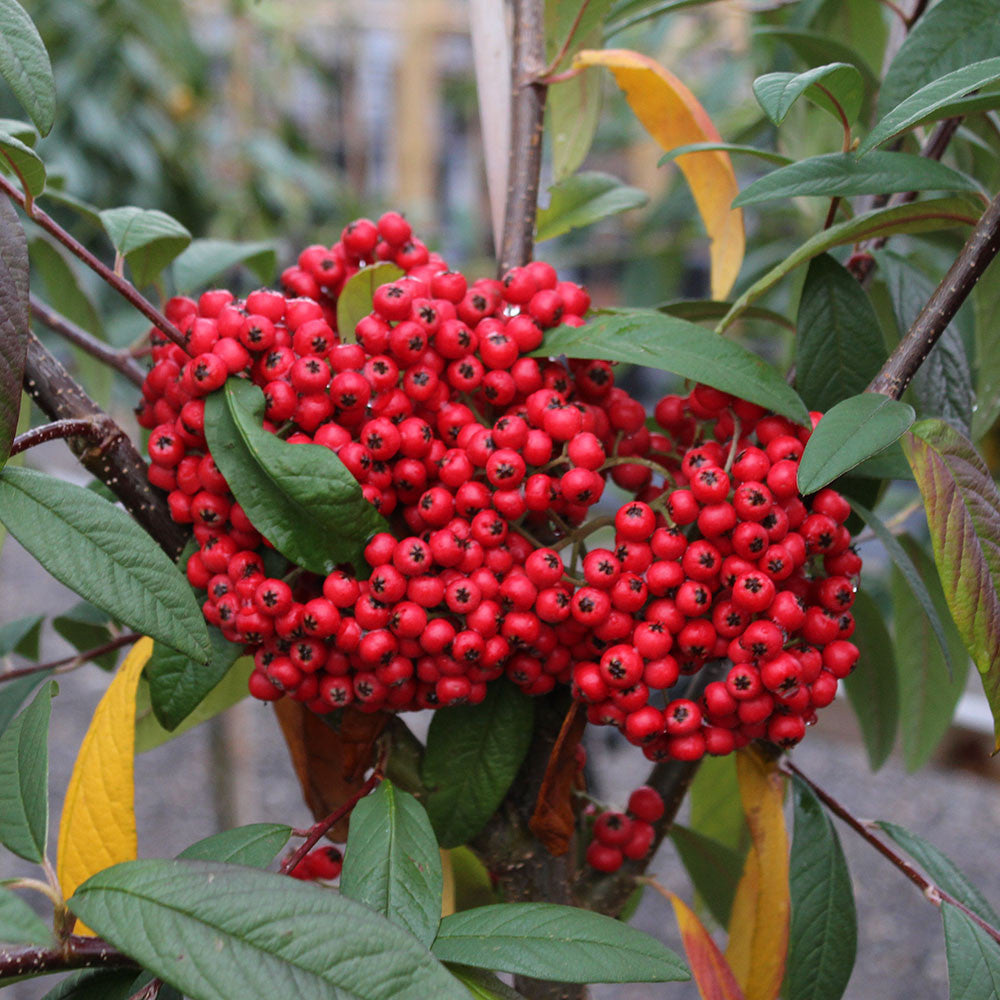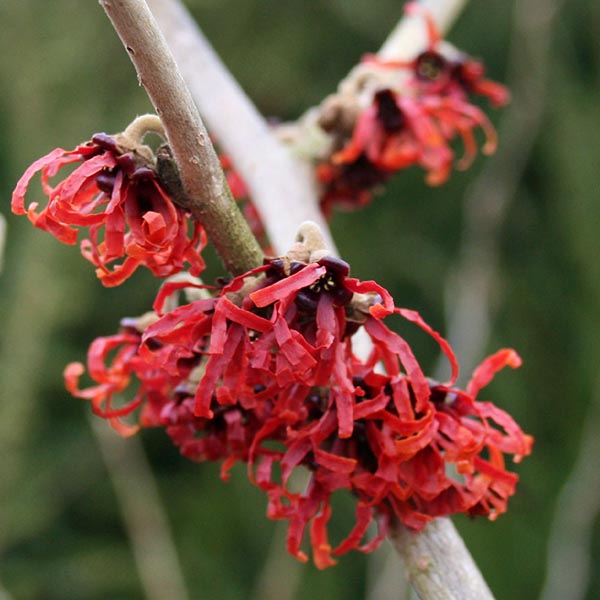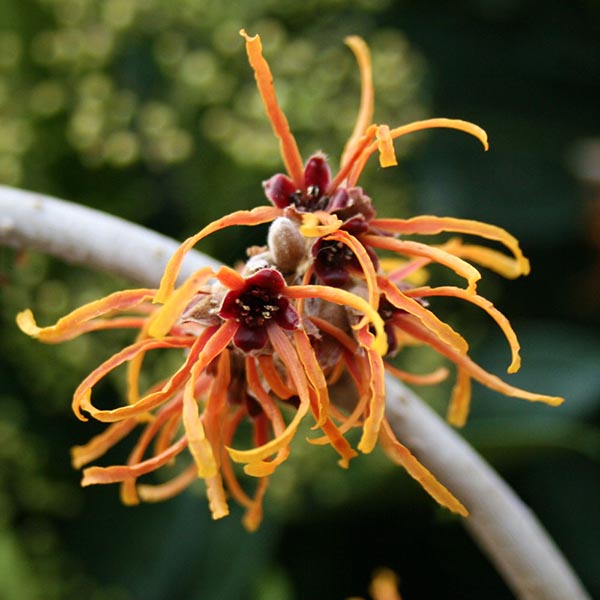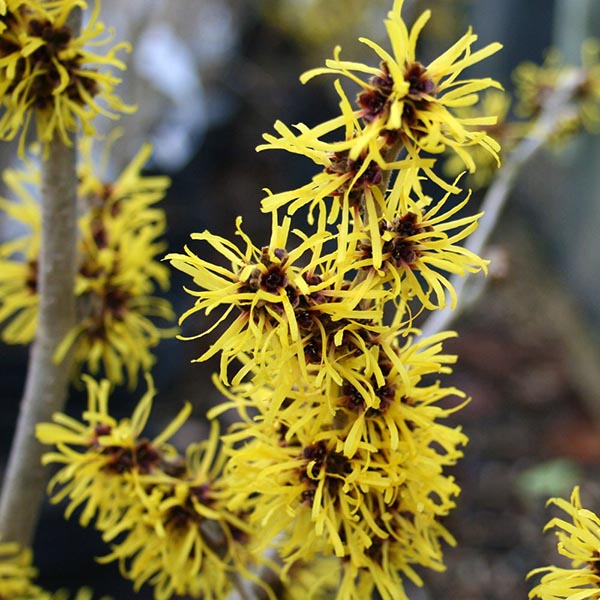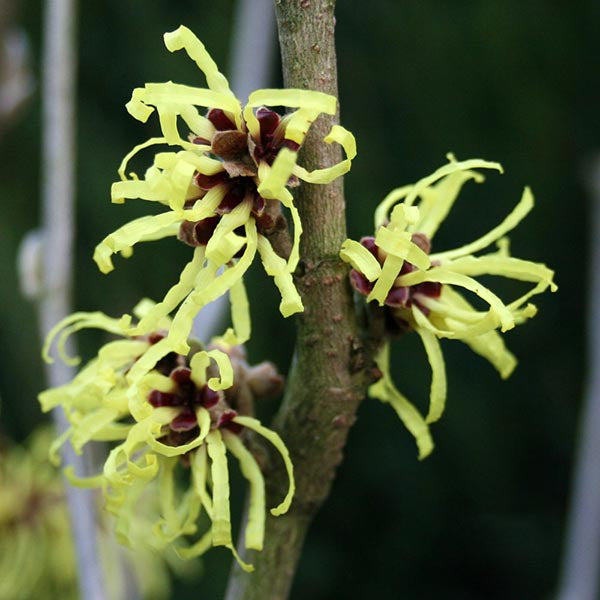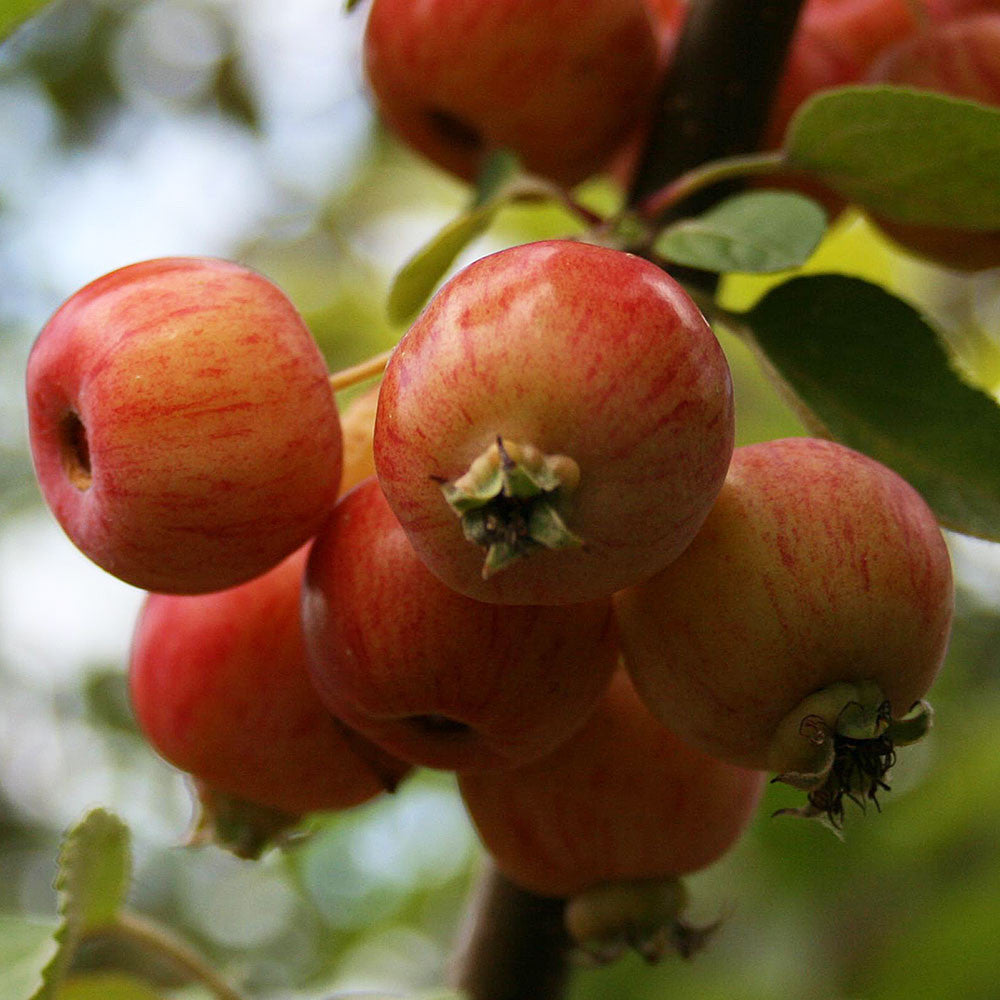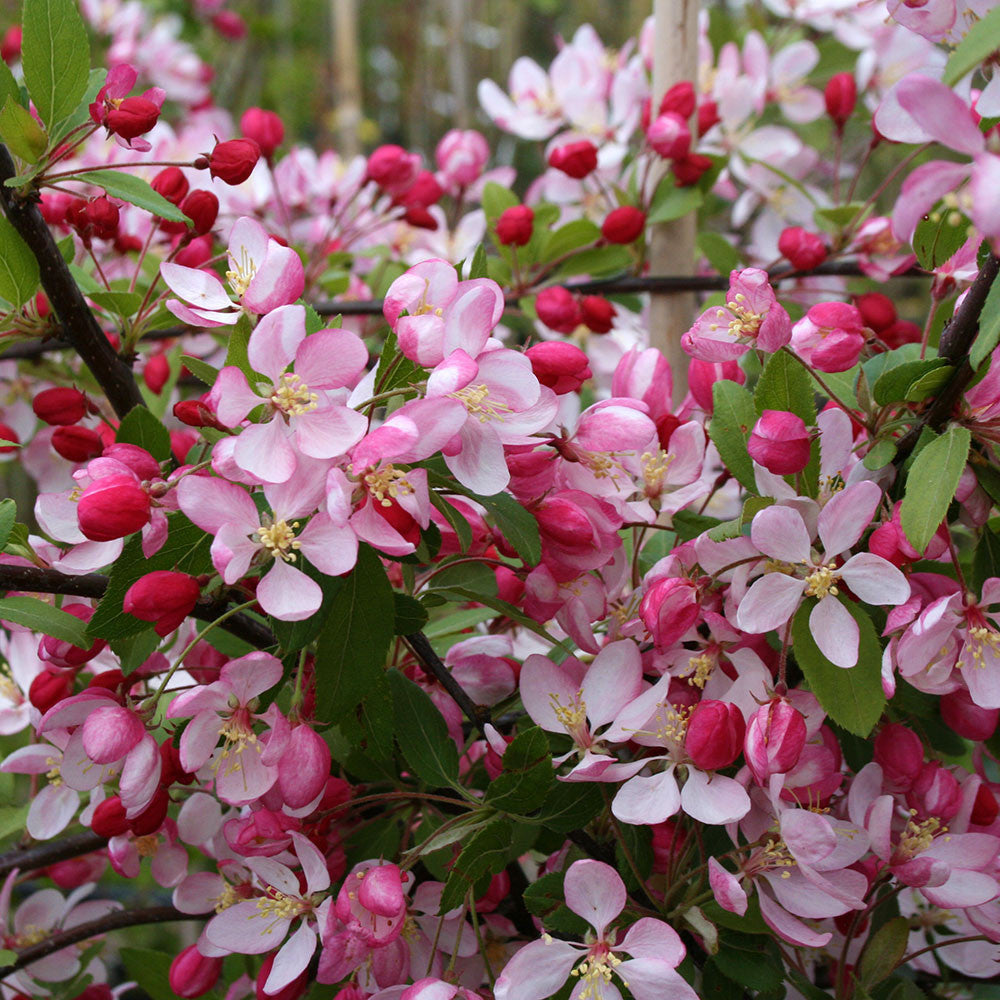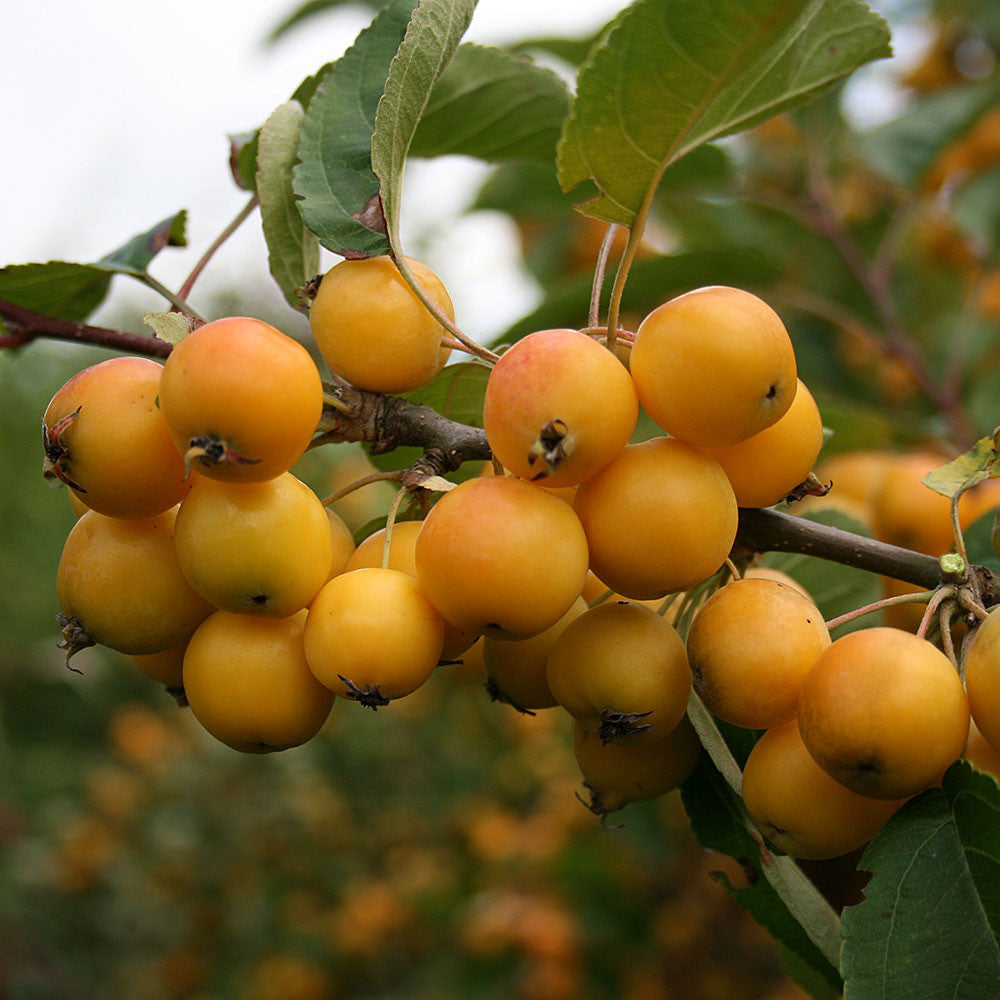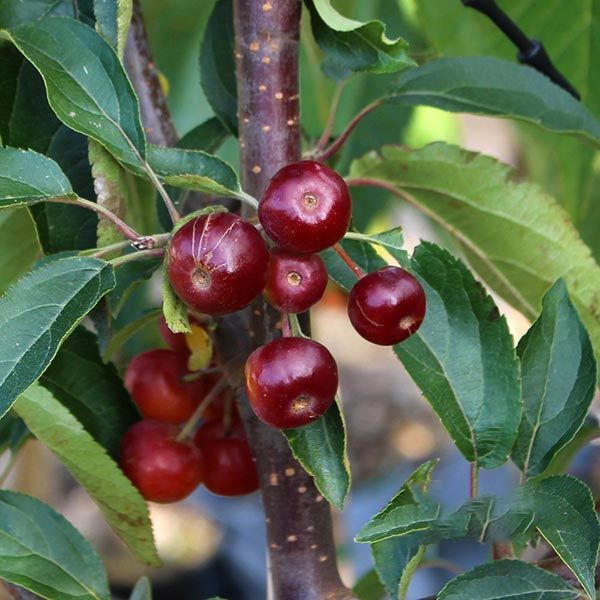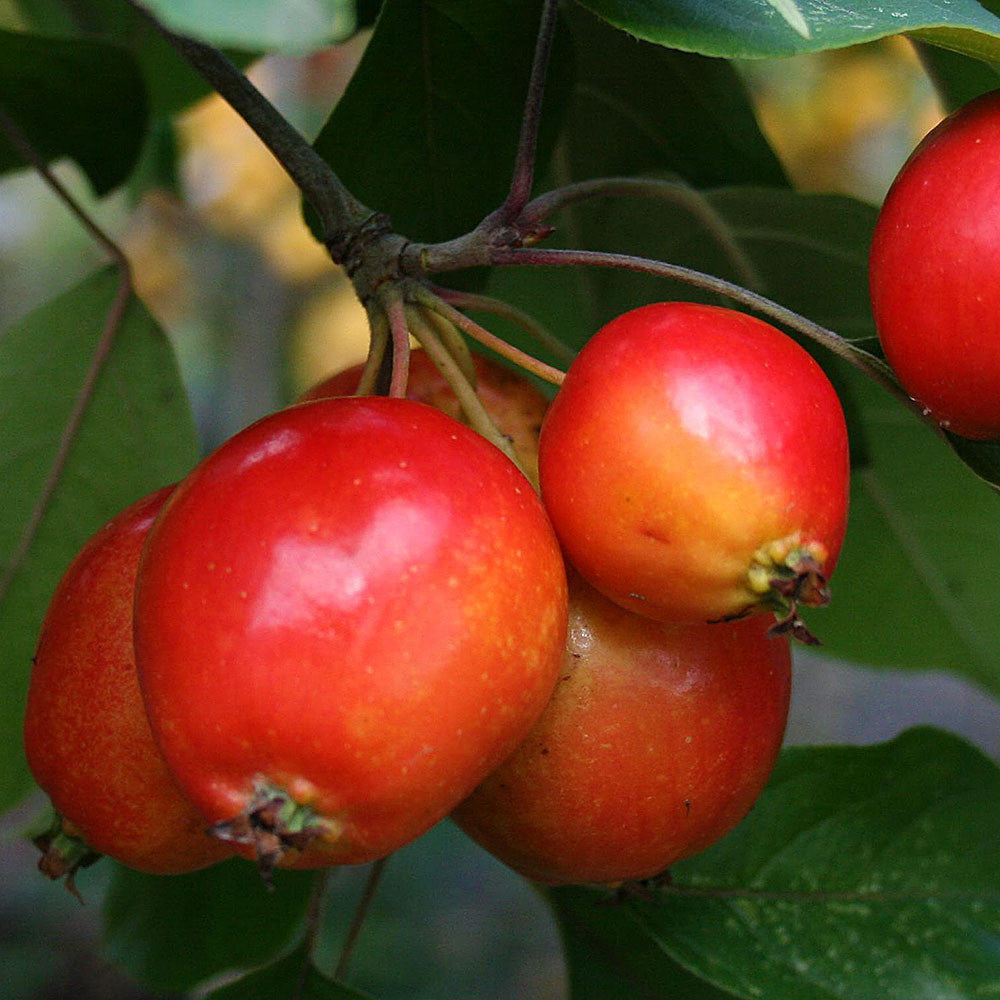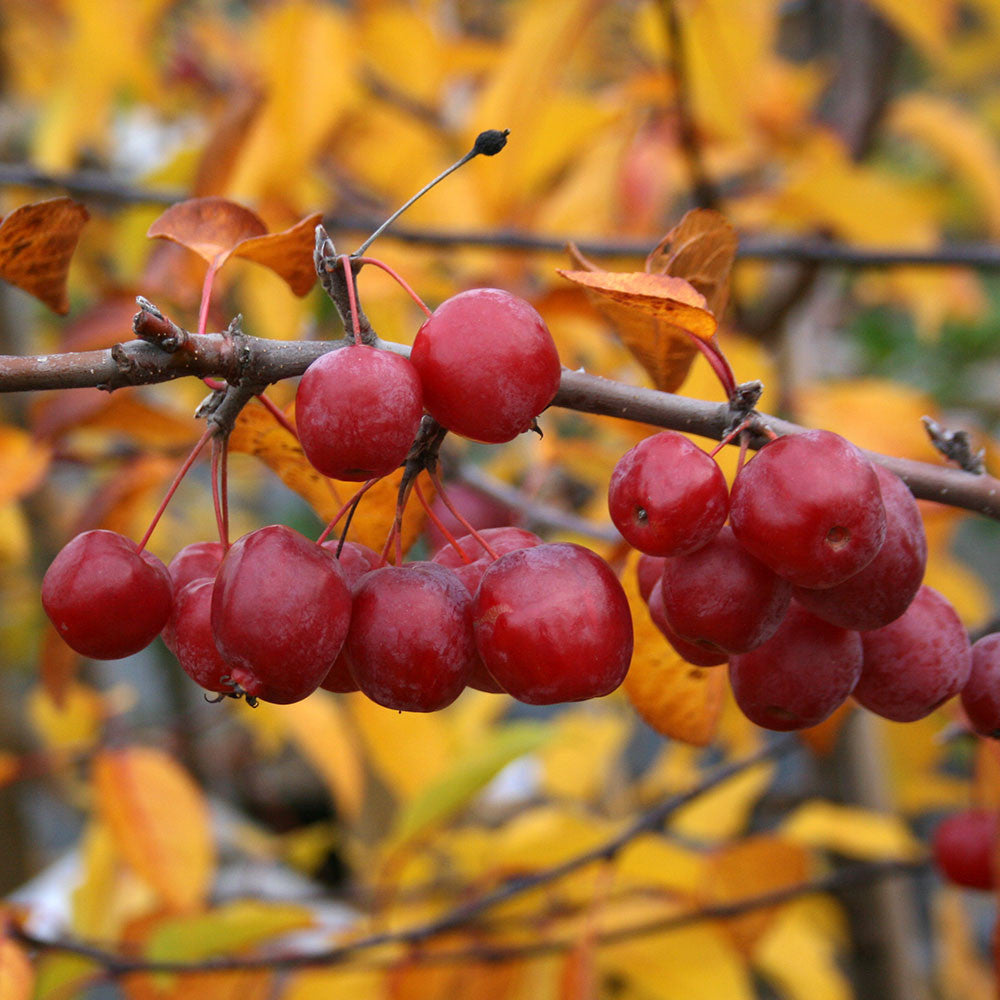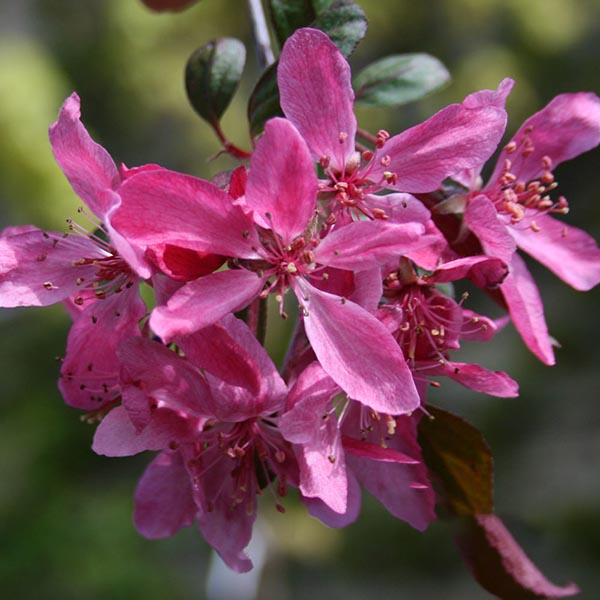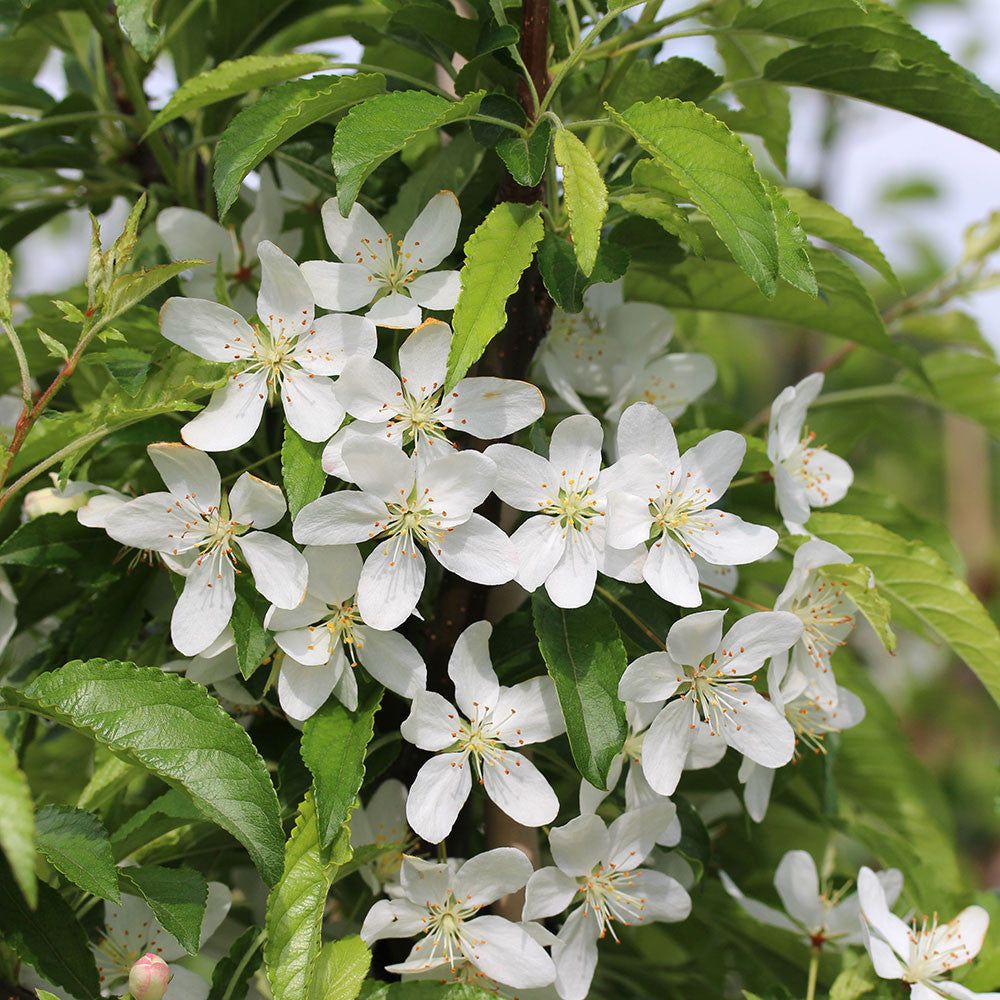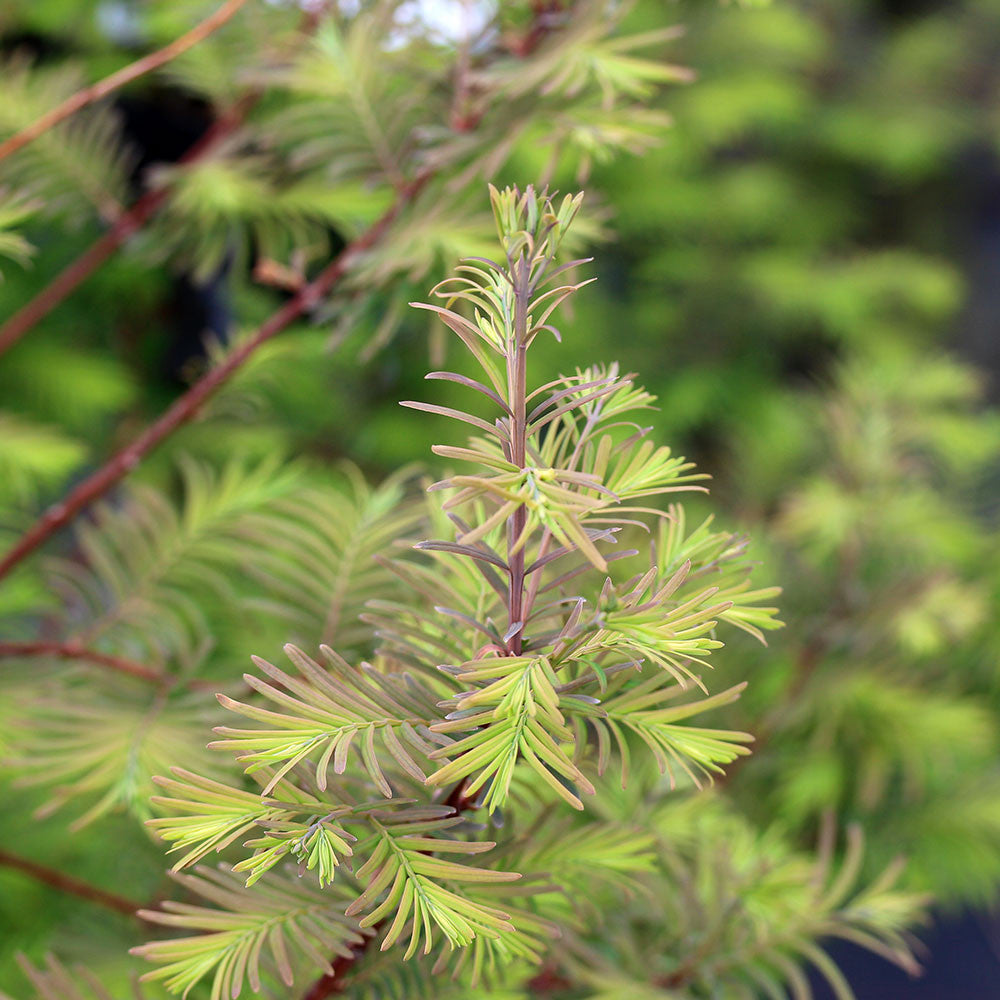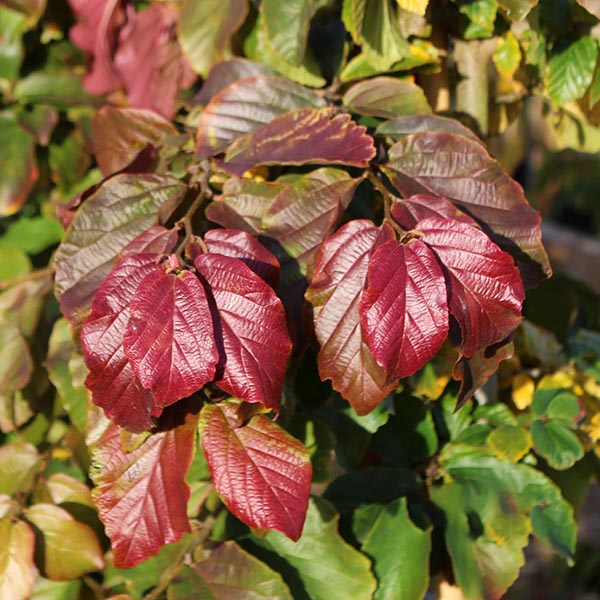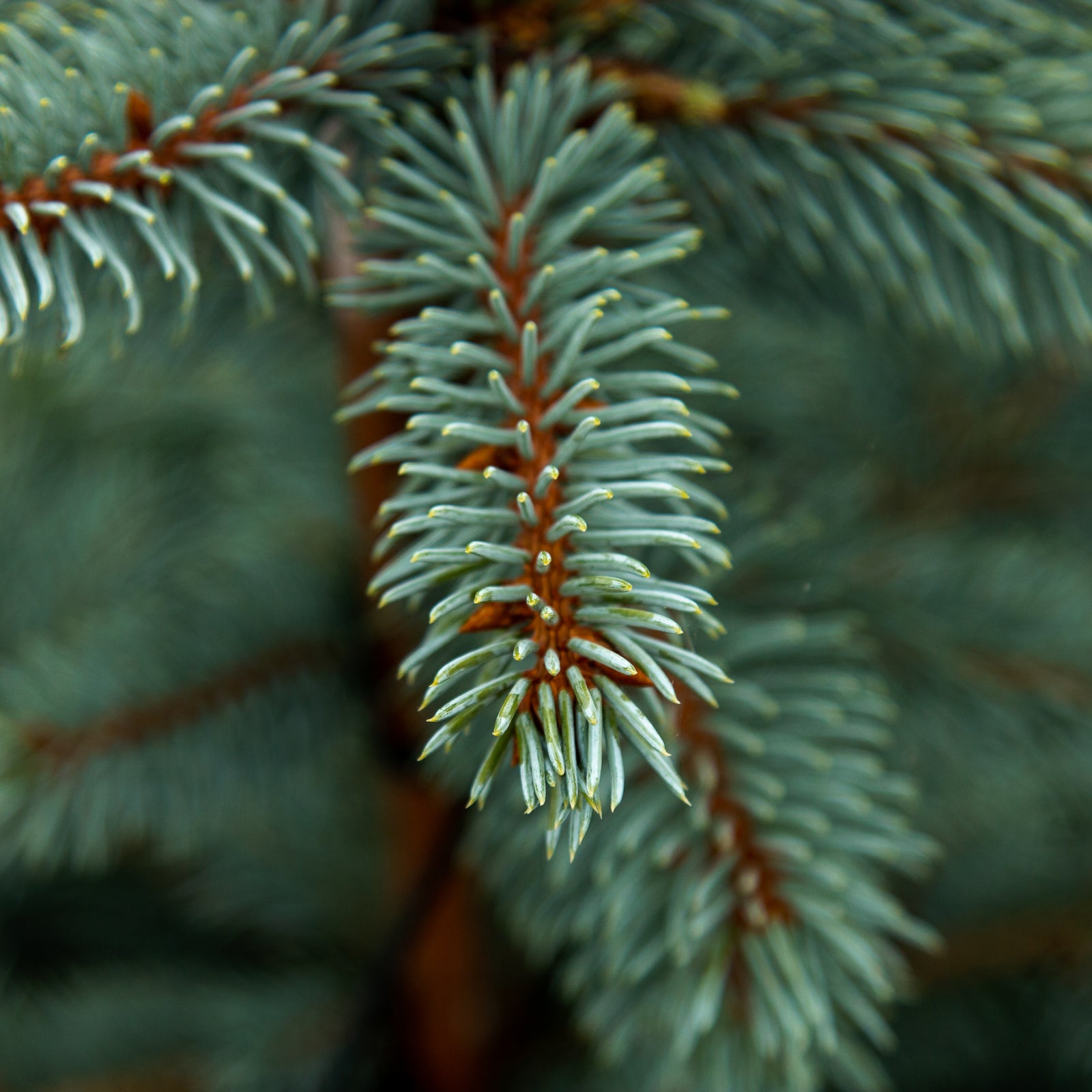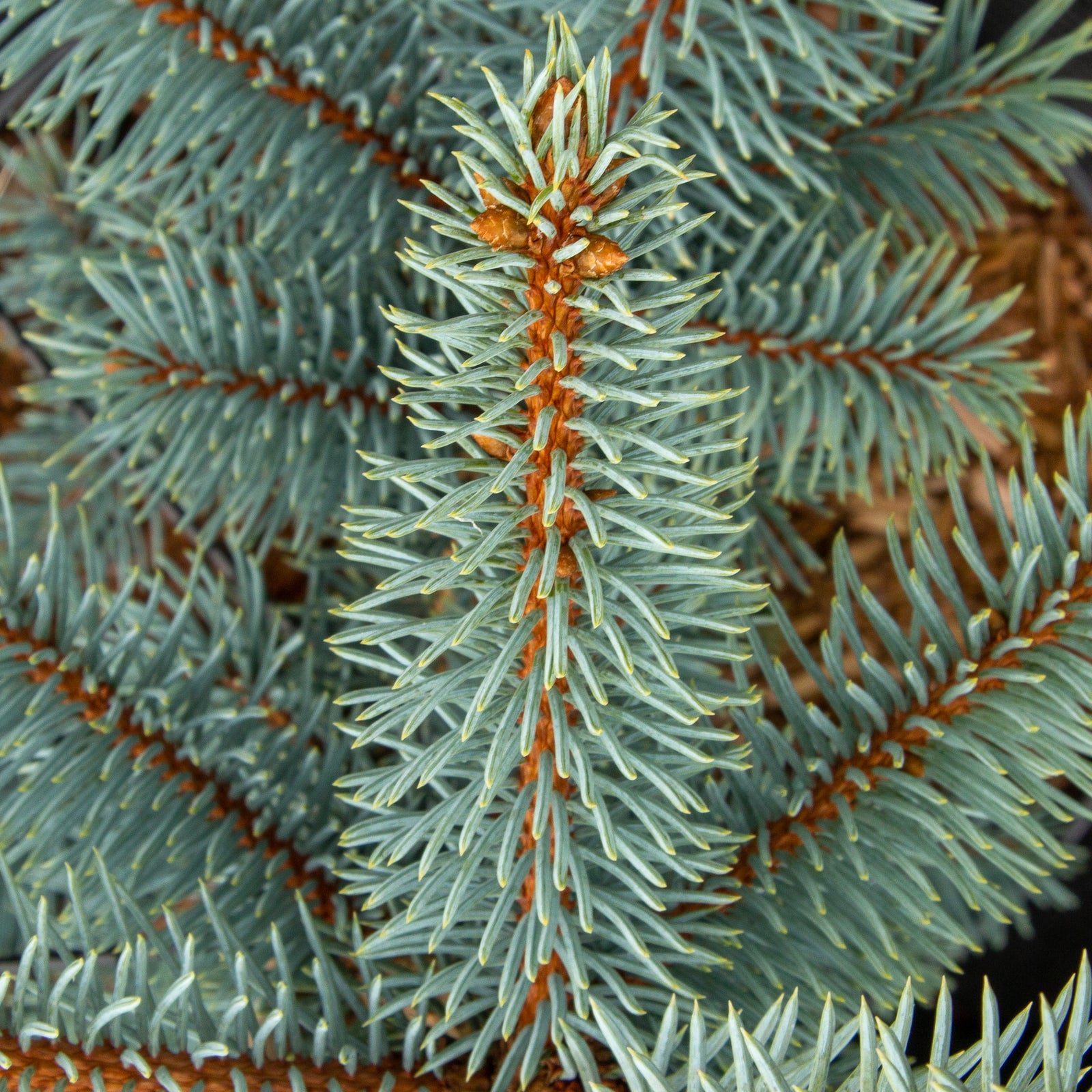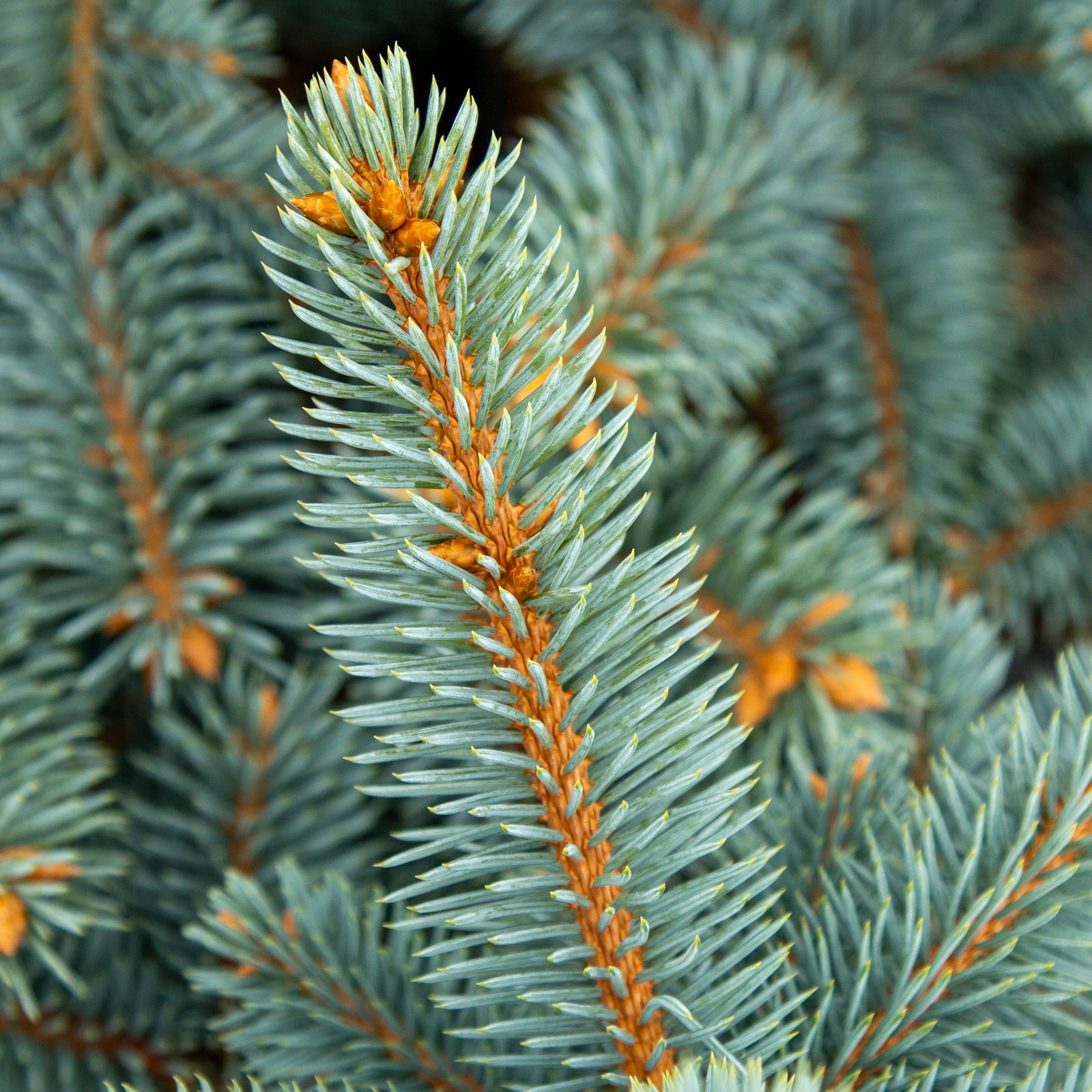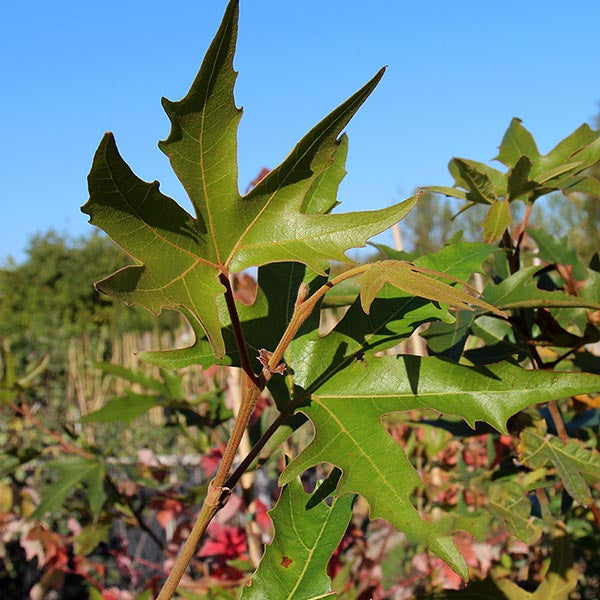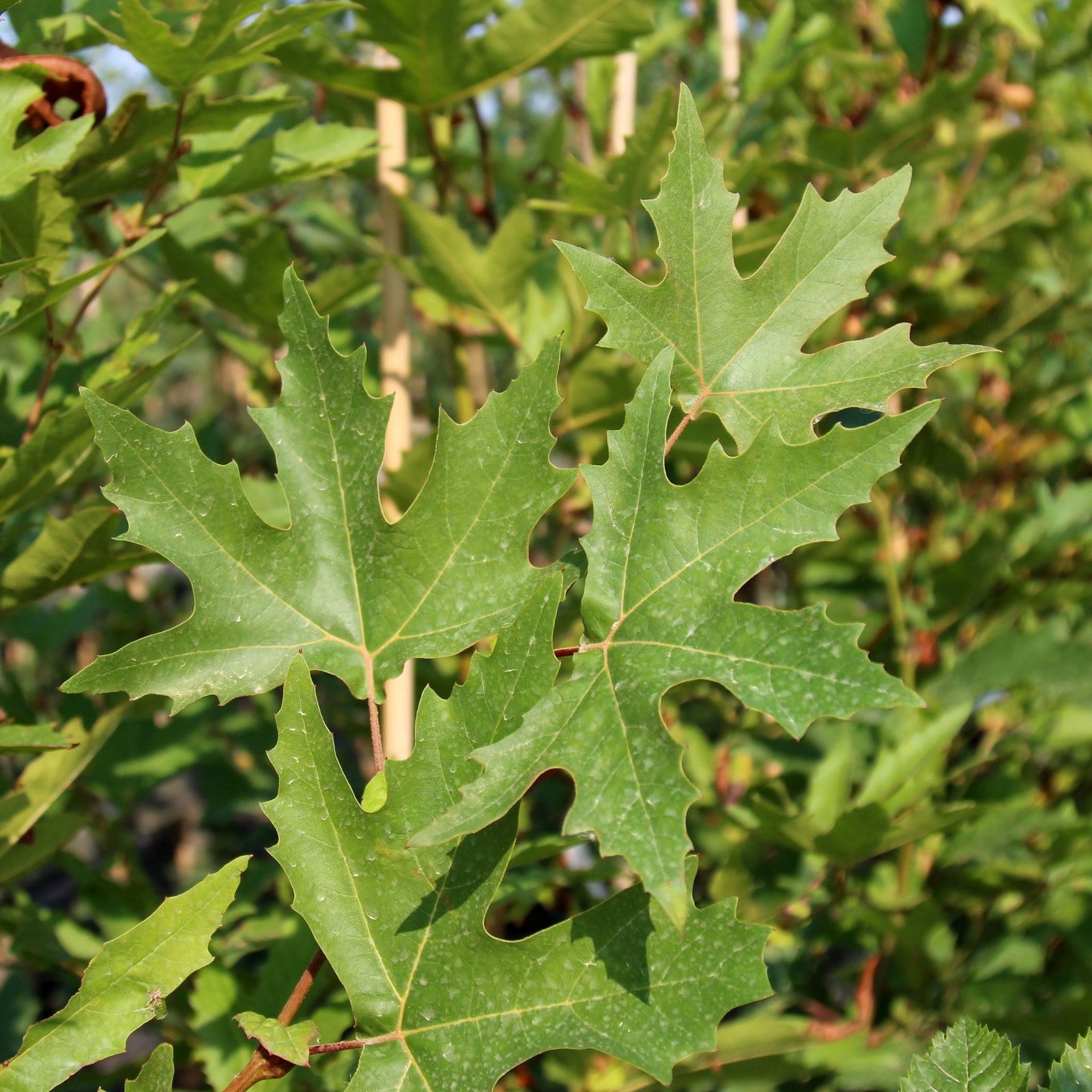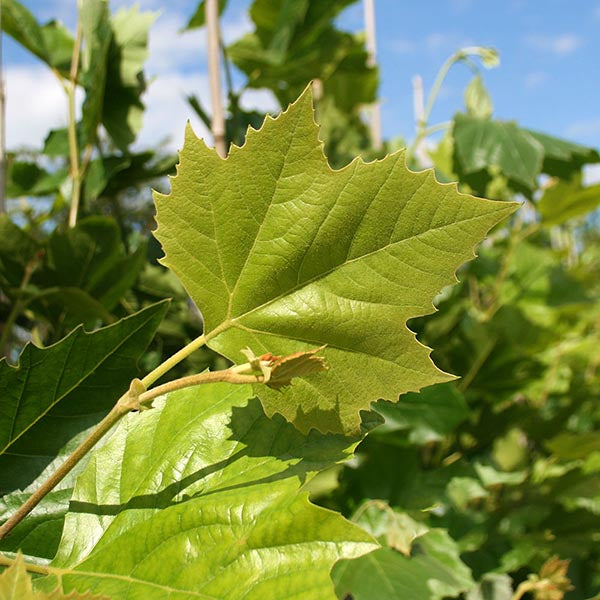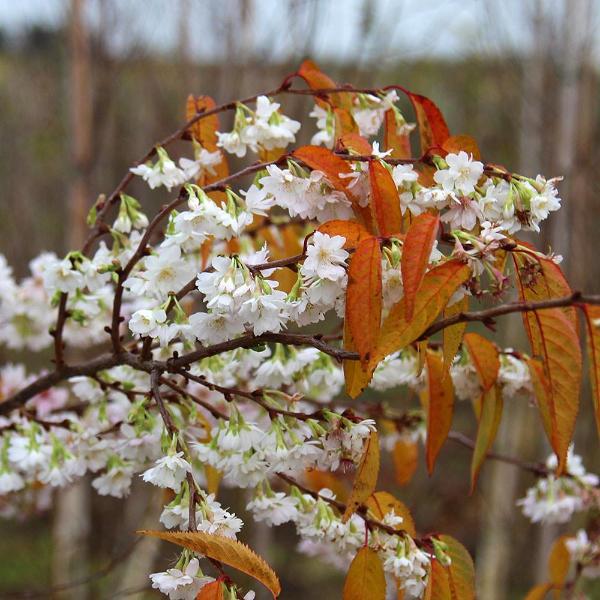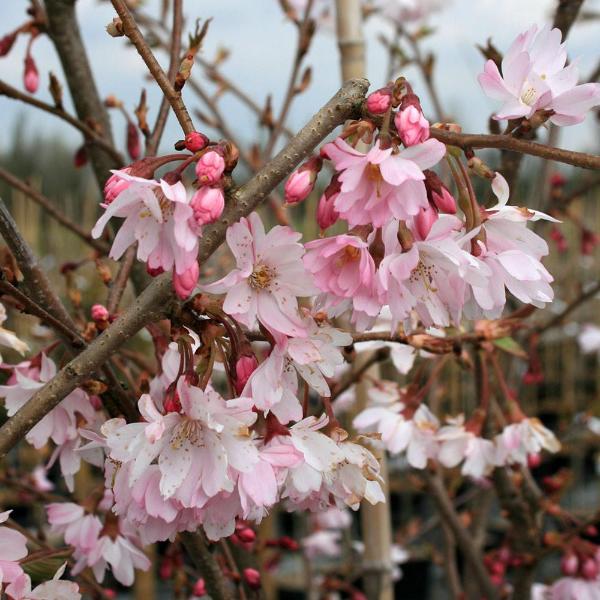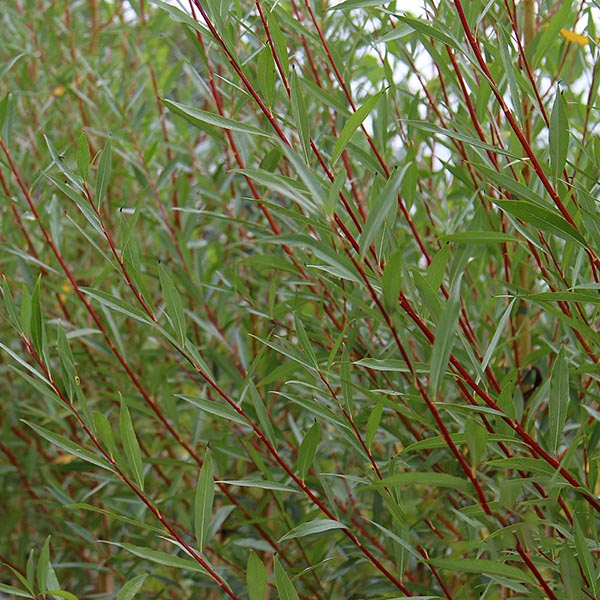Malus Evereste
Crab Apple Tree
Common Name: Crab Apple TreeLatin Name: Malus 'Evereste'Soil: Fertile, well-drained soilPosition: Full sun or partial shadeFlowering period/colour: April to May/ Soft pink once opened.Hardiness: Fully hardyHeight and spread in 20 years: 5m/4mSpecial features: Yellow/orange-red fruits in autumn.The Malus 'Evereste', a stunning variety of Crab Apple Tree, is a delightful addition to any garden or landscape. With its abundant spring blossom, ornamental fruit, and vibrant autumn foliage, it adds beauty and colour to outdoor spaces throughout the year.Thriving in well-drained soil and adaptable to varying light conditions, the Malus 'Evereste' offers versatility and resilience. In spring, it displays a profusion of pink buds that open to reveal delicate white flowers, creating a breathtaking scene.As the seasons progress, the Malus 'Evereste' keeps things interesting. In summer, its foliage provides a lush backdrop, while in autumn, the leaves transition to shades of gold and bronze, offering a stunning display of seasonal colour.One of the standout features of this tree is its ornamental fruit. In late summer and early autumn, it bears clusters of small, red or orange fruit, which add a pop of colour and attract wildlife to the garden. With a projected height of 5 metres and a spread of 4 metres in 20 years, the Malus 'Evereste' is a compact and manageable tree, making it suitable for gardens of various sizes.
You can plant it as a standalone specimen to showcase its spring blossom or use it in mixed planting schemes. Add a Malus ‘Evereste' to your space today and enjoy rich colours throughout the seasons.













